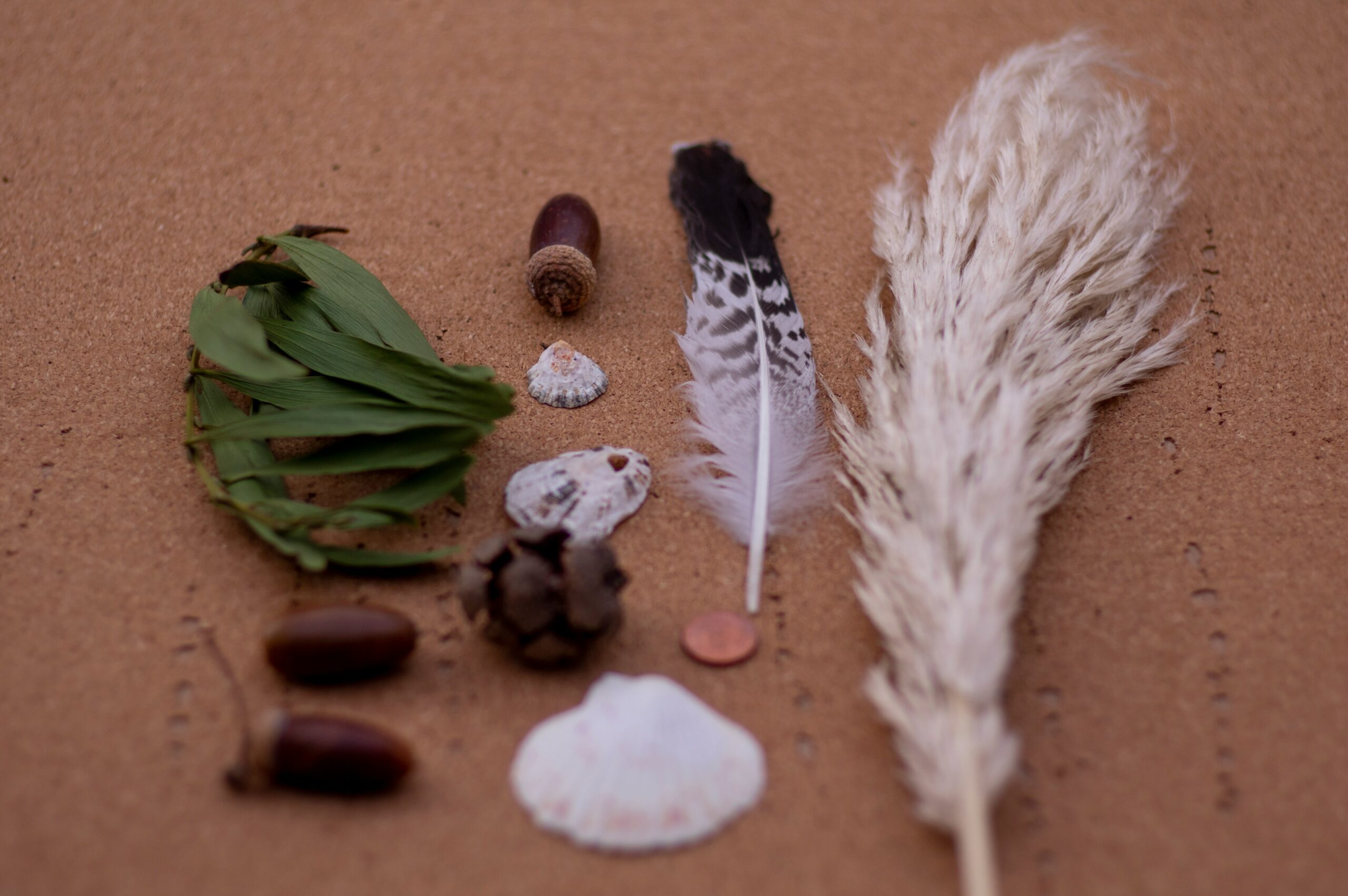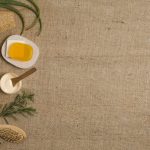Subtotal: $12.50
Posted in Wellness | By Yasmin S.

Before modern pharmacology and synthetic drugs, local communities across Southeast Asia relied on the medicinal properties of native plants. One such plant, Enkleia thorelii (Lecomte) Nevling, played a valuable but little-known role in the traditional healing systems of various indigenous groups.
Healing Through Observation and Tradition
For centuries, indigenous healers observed and passed down the therapeutic uses of Enkleia thorelii through oral tradition. The plant was typically harvested from forested regions, and different parts — such as roots, bark, and leaves — were used to prepare decoctions or poultices.
Its bitter and warming characteristics made it a go-to remedy for managing fever, skin infections, joint pain, and lingering coughs. In some traditions, it was also consumed during seasonal transitions to strengthen the immune system and prevent illness.
Preparation Methods Rooted in Nature
Enkleia thorelii was rarely used in isolation. Instead, it was often combined with other local herbs to balance its potency and target multiple symptoms. The most common method was boiling the bark or root to create a concentrated herbal tea. This tea was then consumed in small doses over several days.
In topical applications, crushed leaves were mixed with oil or warm water and applied to wounds, rashes, or swollen joints. Healers believed that the plant’s cooling effect on the skin contrasted with its warming internal energy, helping to restore balance in the body.
Cultural Significance Beyond Medicine
Among certain ethnic groups, Enkleia thorelii held symbolic value. It was sometimes used in spiritual cleansing rituals or protective charms. While scientific evidence for these practices is lacking, their cultural role reflects the deep connection between nature and healing in traditional societies.
In many of these communities, healing was not viewed as separate from spiritual health or environmental balance. The use of Enkleia thorelii was part of a broader system of ecological knowledge that included the timing of harvests, respect for plant spirits, and sustainable use.
The Risk of Disappearance
As globalization and urbanization reshape traditional lifestyles, knowledge of plants like Enkleia thorelii is fading. Younger generations are less likely to learn from local healers, and forest habitats are shrinking.
Yet, this legacy is not entirely lost. Modern herbalists, ethnobotanists, and conservationists are now working to preserve and study these traditions before they vanish. By documenting traditional uses and verifying them through scientific research, Enkleia thorelii may find a place in tomorrow’s integrative health systems.
Key Takeaways
Its legacy is at risk but may inform future herbal medicine through modern research
Enkleia thorelii has been used in indigenous medicine to treat infections, inflammation, and skin problems
Traditional healers prepared it through decoctions, teas, and poultices
The plant held cultural as well as therapeutic value in local healing systems
Visit us at: https://puerariamirifica.com/product-category/products/
Related Products
-

(2in1) Enkleia thorelii (Lecomte) Nevling, Mucuna Collettii Herbal Gel 50g. ORIENTAL HERITAGE HERBALISTS
$12.50 -

(2in1) Enkleia thorelii (Lecomte) Nevling, Mucuna Collettii Herbal Extract in Liquid Type 50 ml. (High Concentration) ORIENTAL HERITAGE HERBALISTS
$18.75 -

(3in1) Enkleia thorelii (Lecomte) Nervling, Butea Superba, Eurycoma Longifolia Herbal Extract in Liquid Type 50 ml. (High Concentration) ORIENTAL HERITAGE HERBALISTS
$12.50





